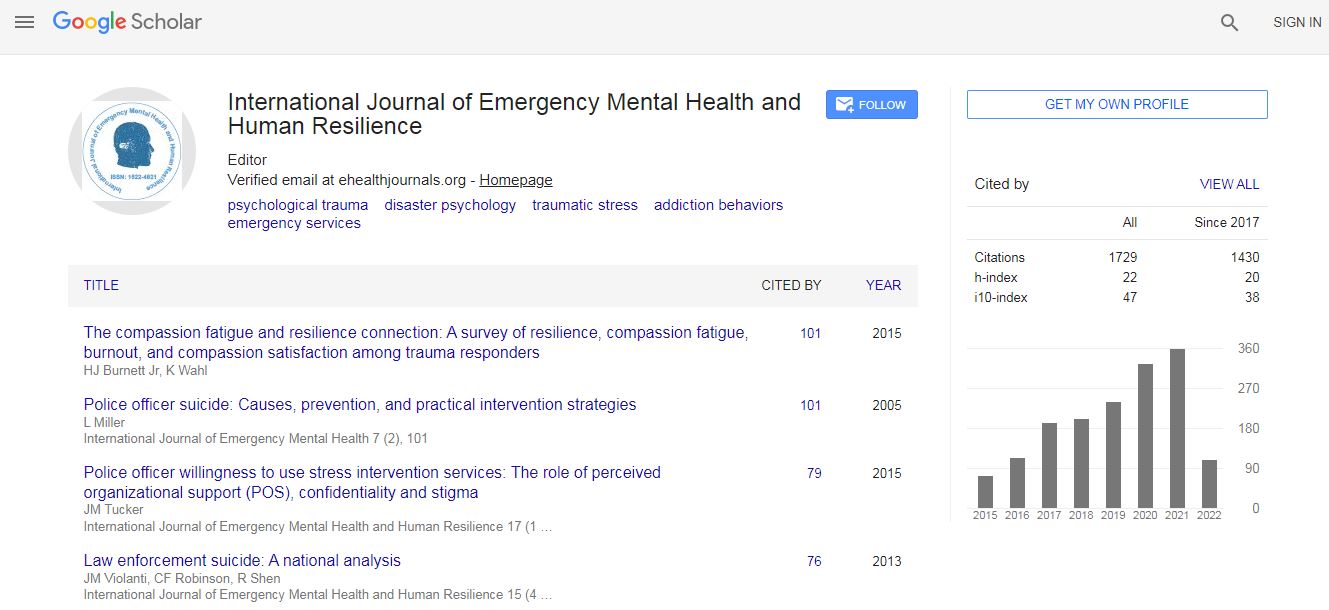Analysis of demographic psychological and characteristics of Iranian population during the COVID 19 lock down
*Corresponding Author:Received Date: Mar 03, 2024 / Published Date: Jan 16, 2025
Copyright: © 0 . This is an open-access article distributed under the terms of the Creative Commons Attribution License, which permits unrestricted use, distribution, and reproduction in any medium, provided the original author and source are credited.
Abstract
Over the past two years, humanity has faced a formidable challenge in the form of the COVID-19 virus. The objective of the present study was to analyze demographic and psychological data pertaining to the general population of Iran during quarantine period resulting from the aforementioned virus. The sample population consisted of 936 individuals, (115 men and 812 women,) of whom 433 were employed and 533 were unemployed. These individuals, ranging in age from 16 to 75 years, completed the DASS questionnaire and responded to queries concerning the type of news sites they consulted. The response rate was 54%. The results indicated that, as a general trend, women exhibit higher levels of anxiety than men, while men are more susceptible to experiencing depressive symptoms. The sample population was categorized based on employment status, where it has been observed that, on average, employed individuals tend to experience higher levels of anxiety, whereas unemployed individuals are more prone to experiencing depression. In terms of news consumption related to COVID 19, it has been observed that 39% of the sample group who hold a bachelor's degree or lower follow the news for less than an hour, while 42% follow it for about an hour, 13% for one to three hours and 6% for more than three hours. To enhance the level of health in the community during this period, it is recommended to focus on psychological traits and training to manage stress, anxiety and depression, enabling individuals to carry out their daily tasks while accepting the current circumstances.

